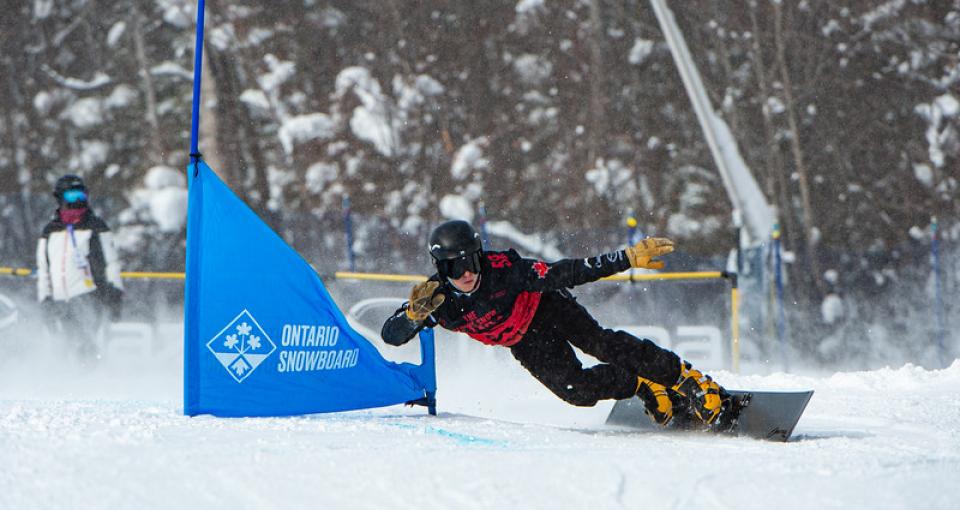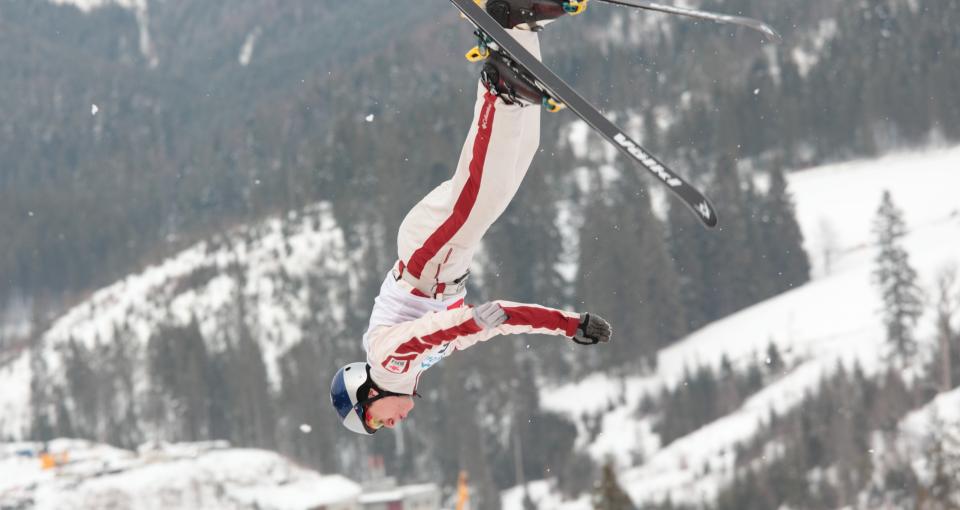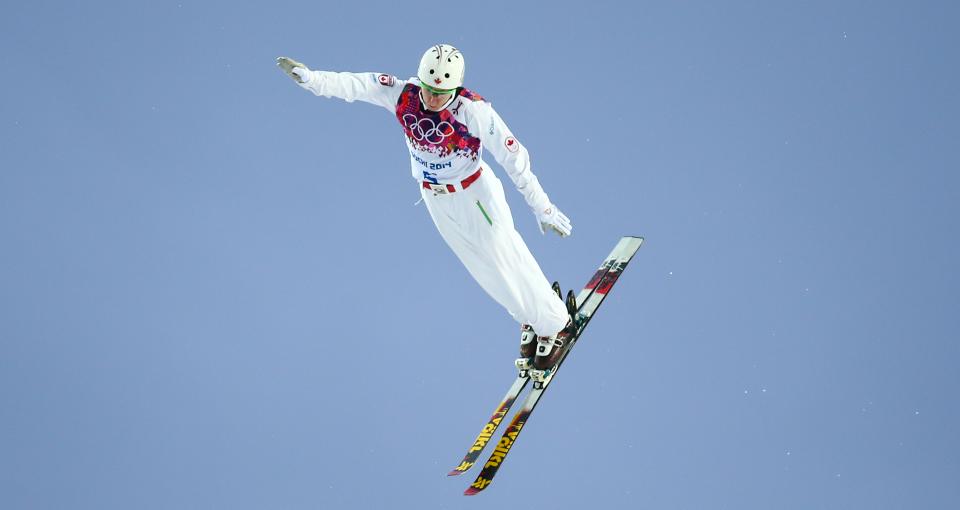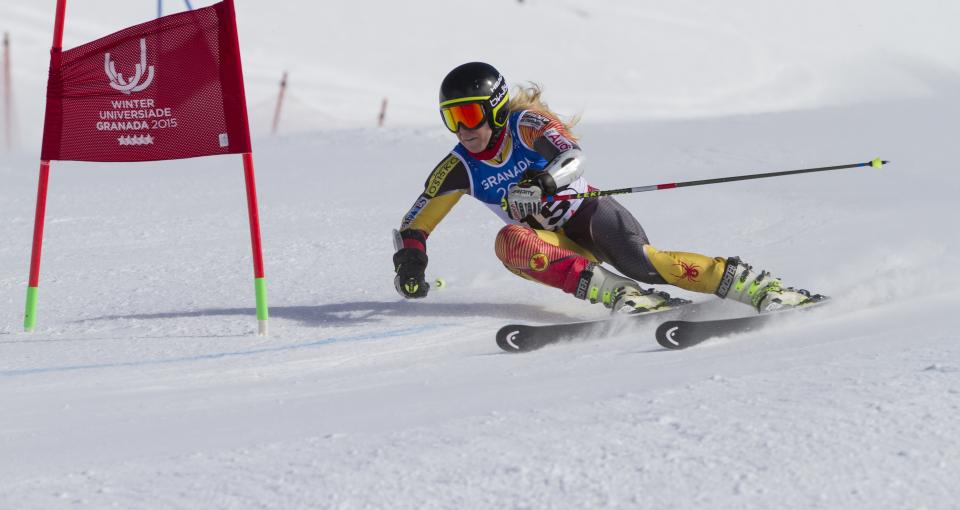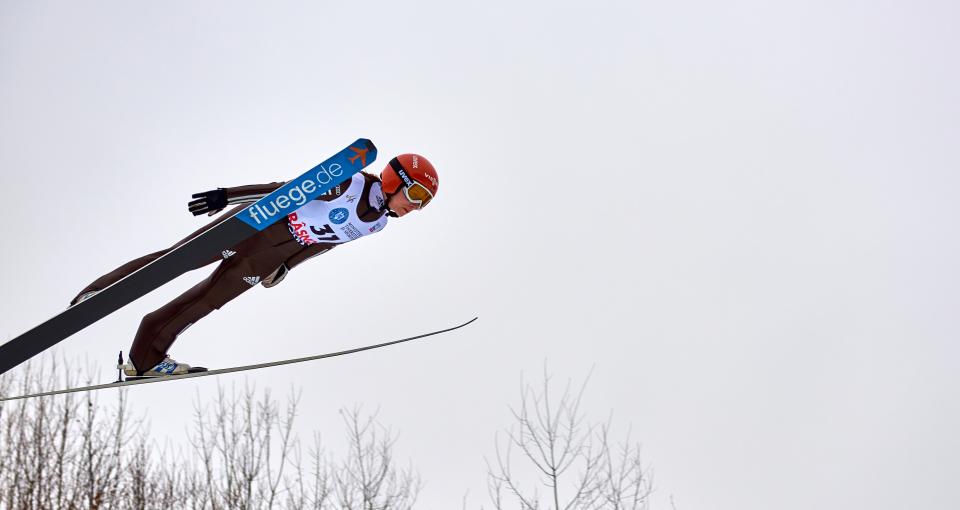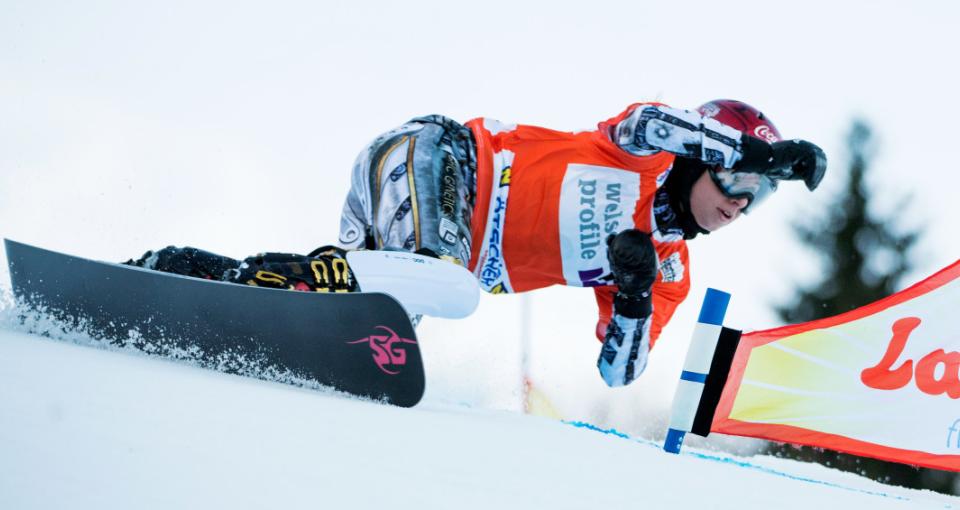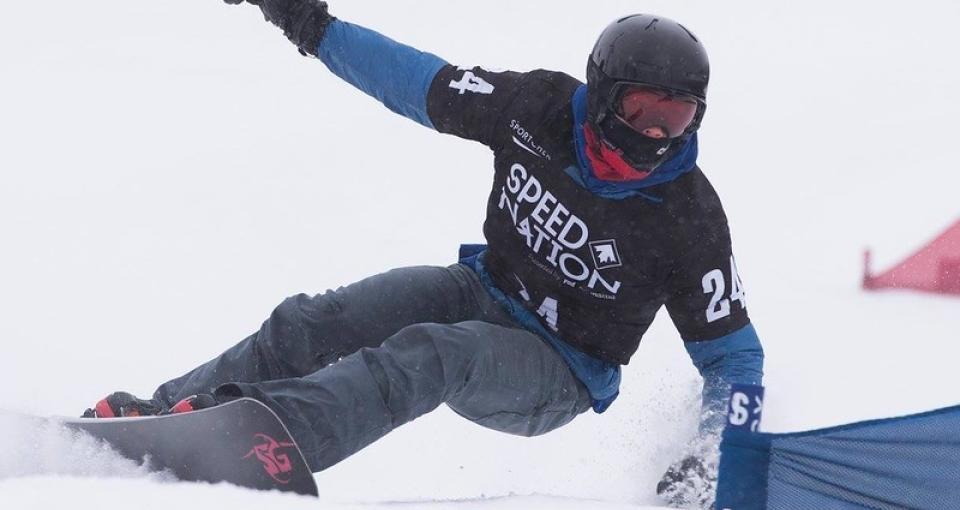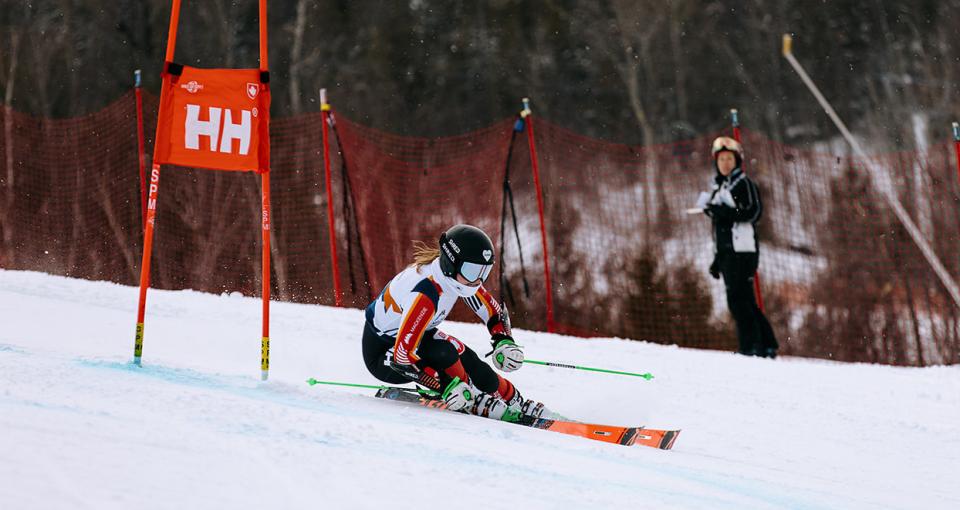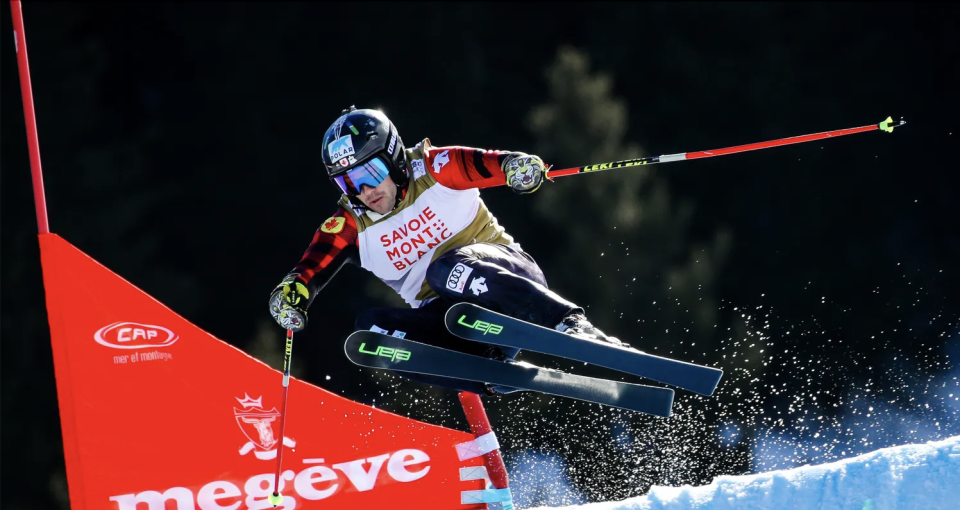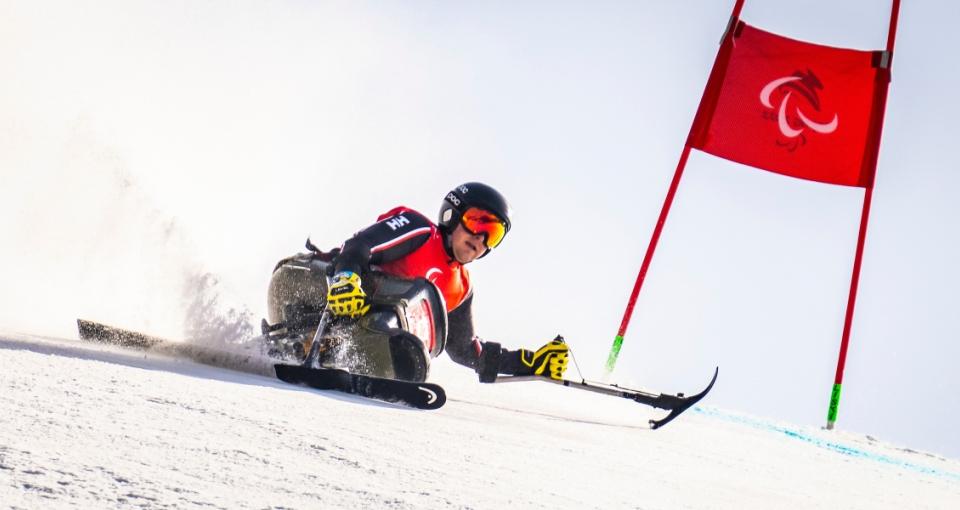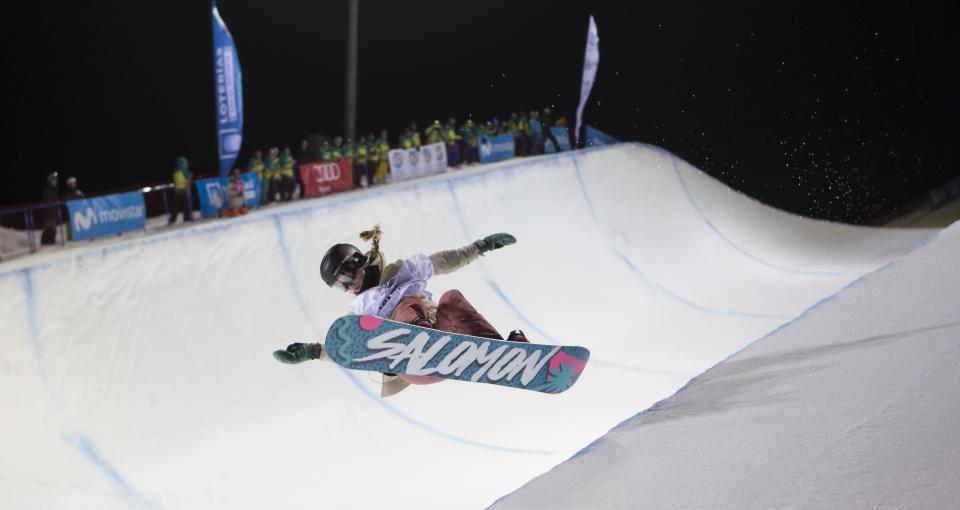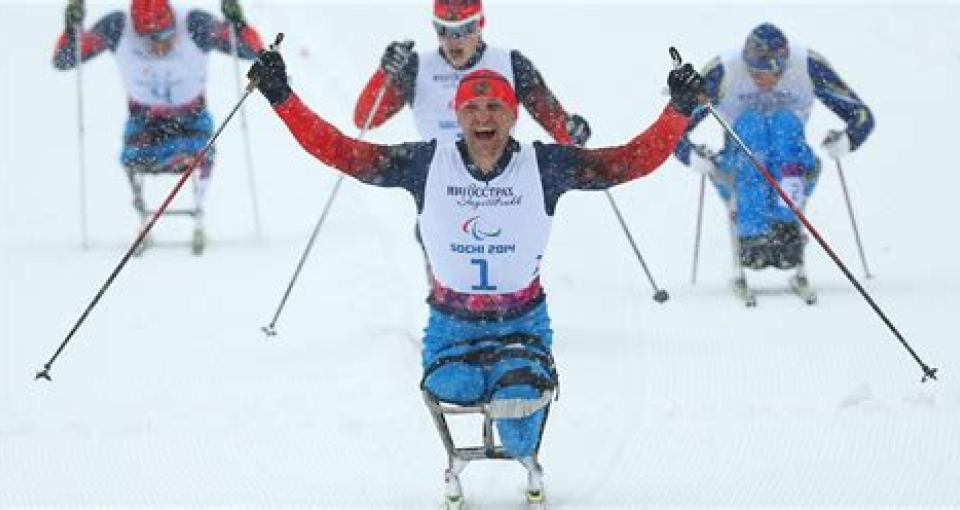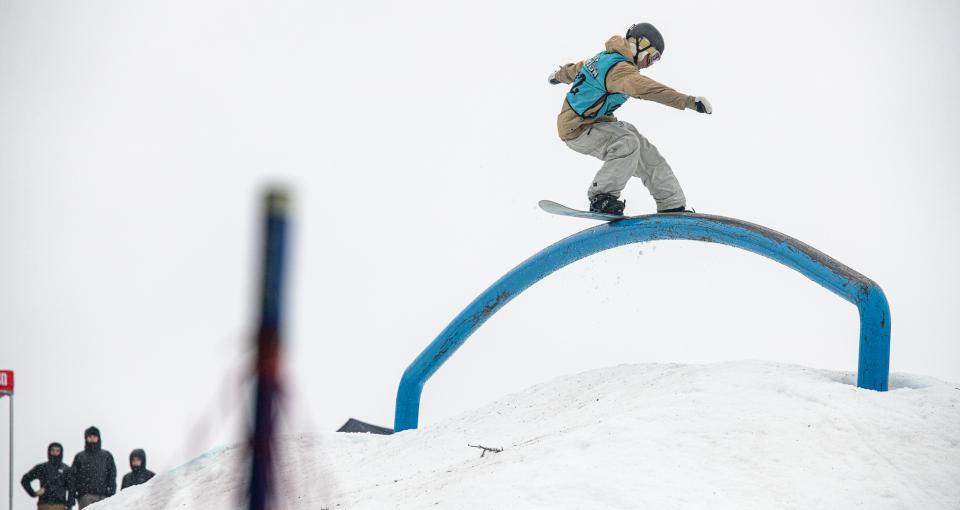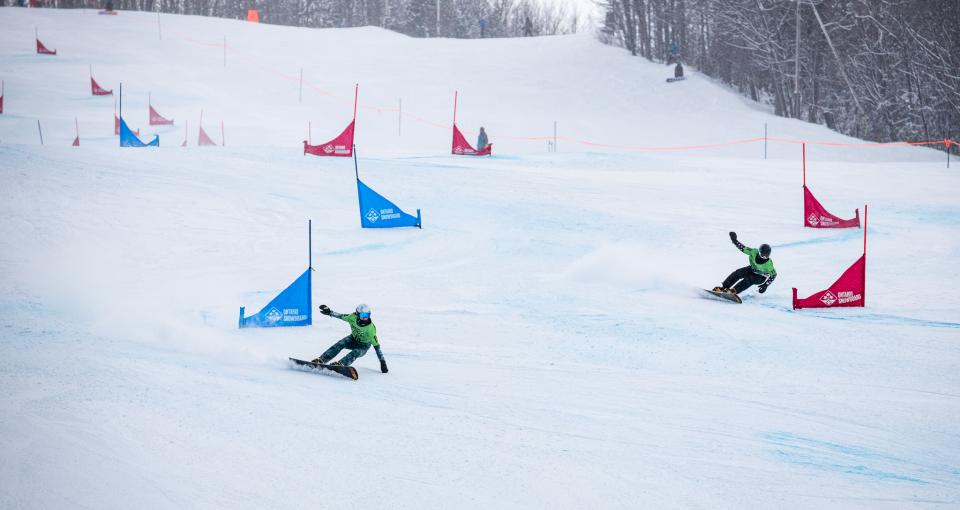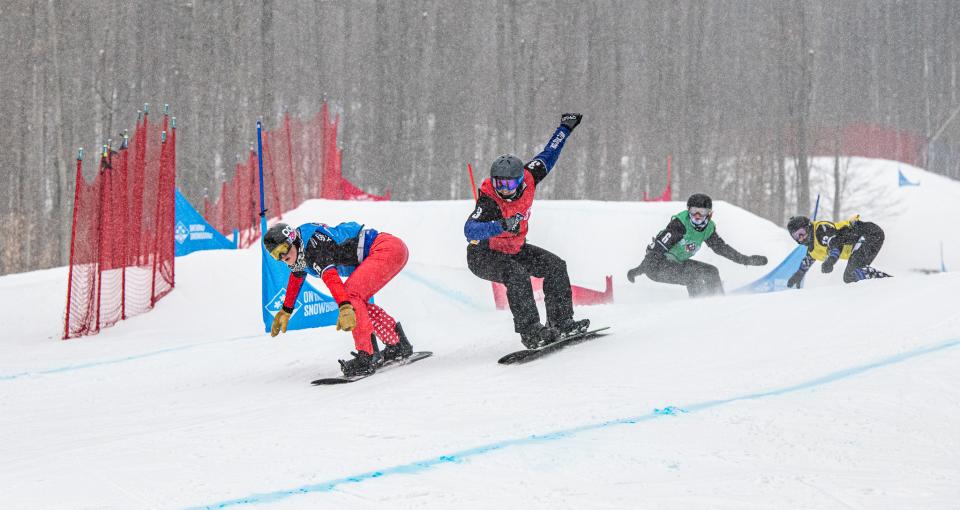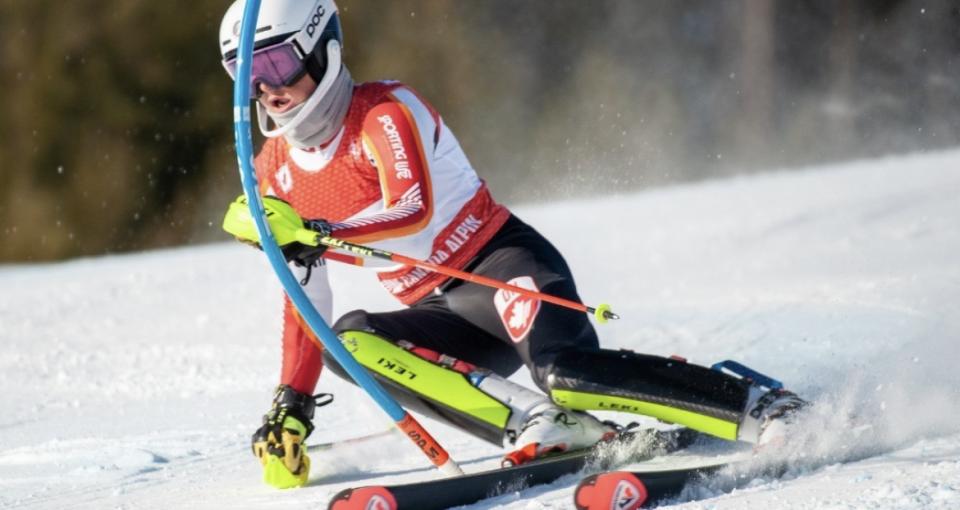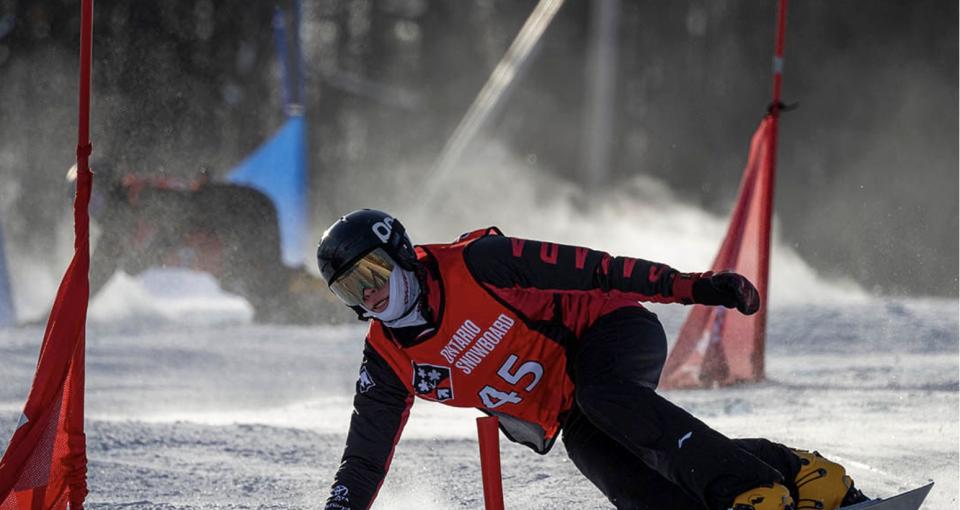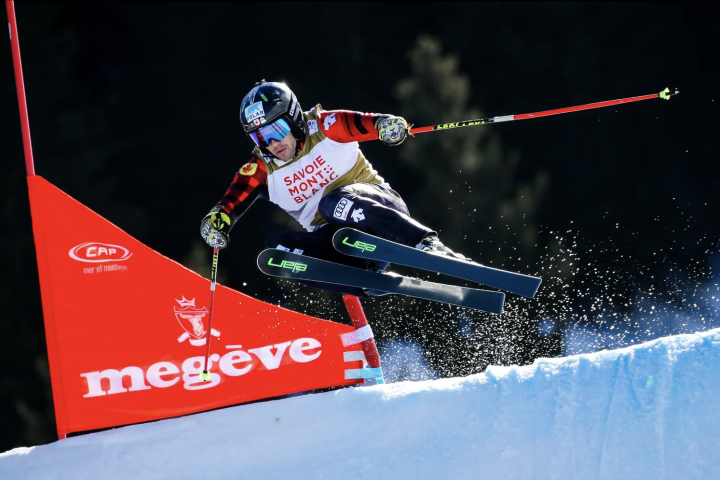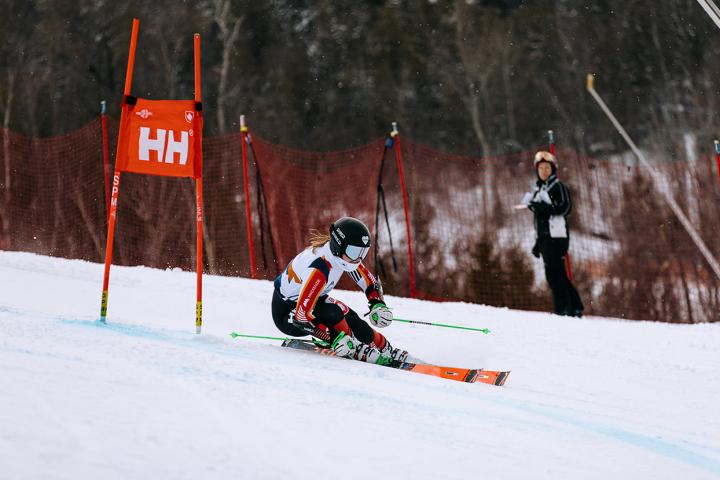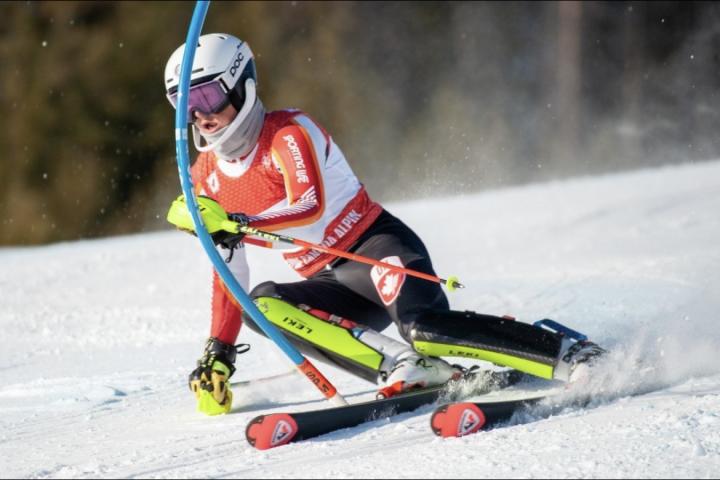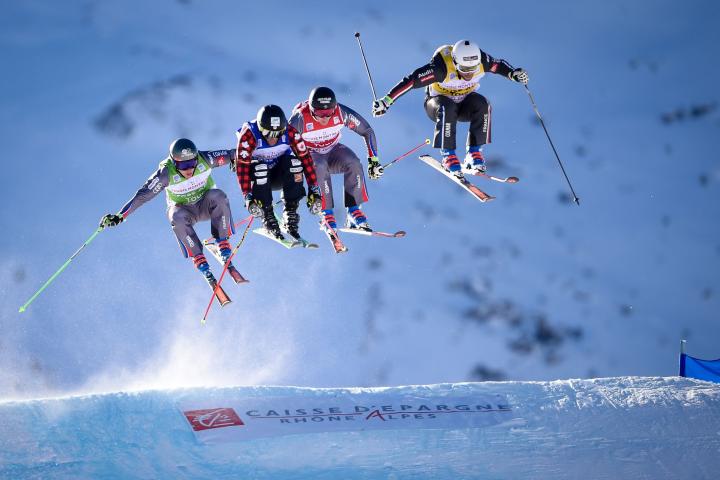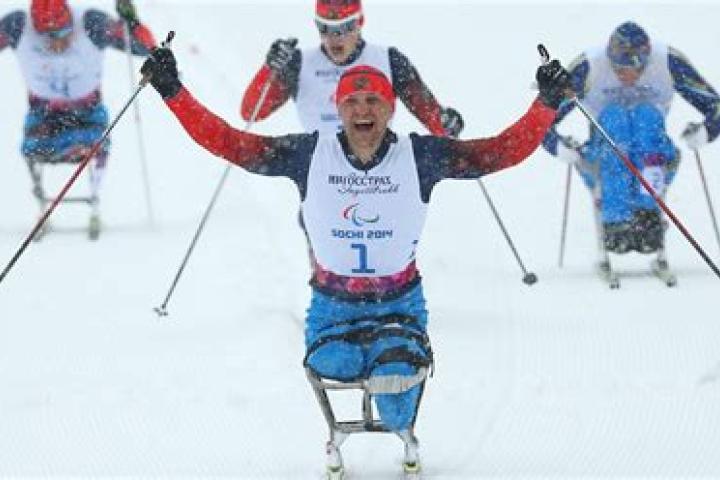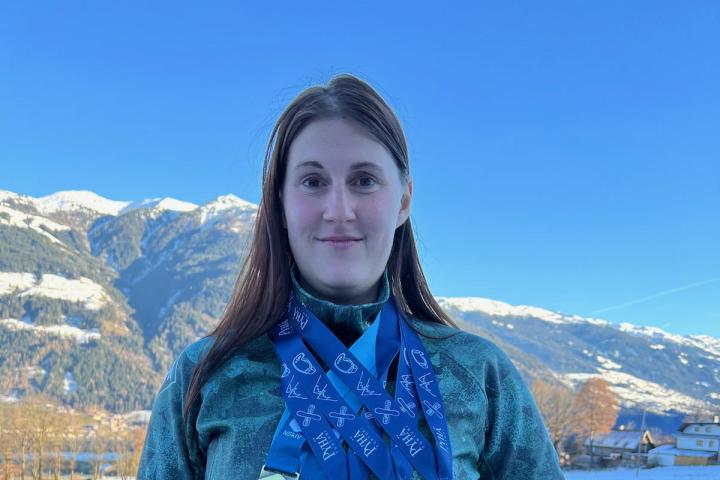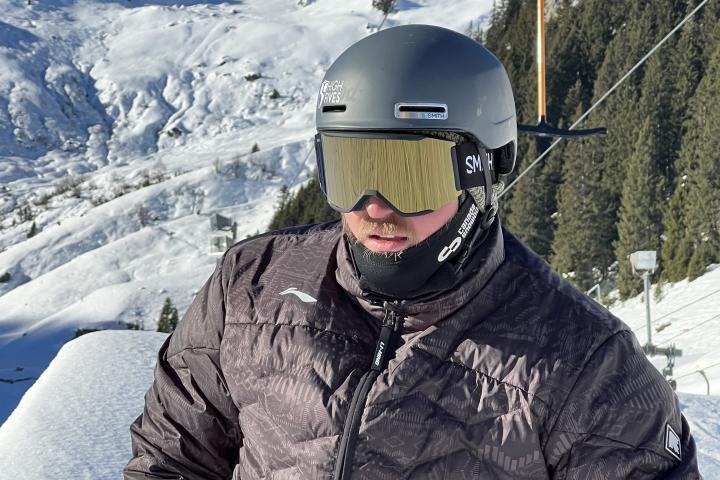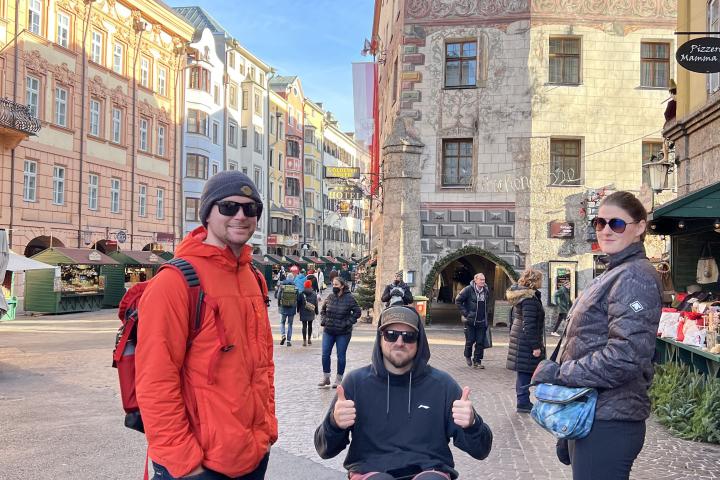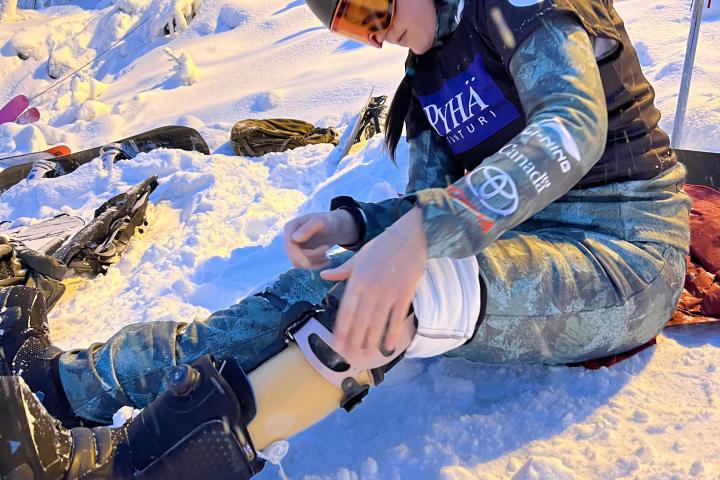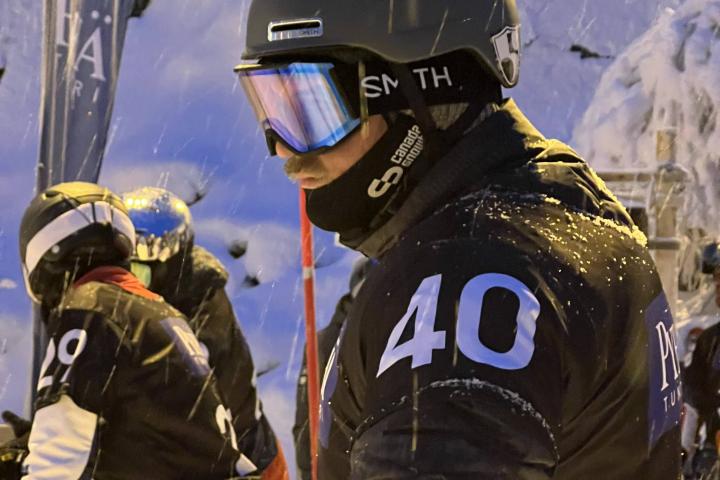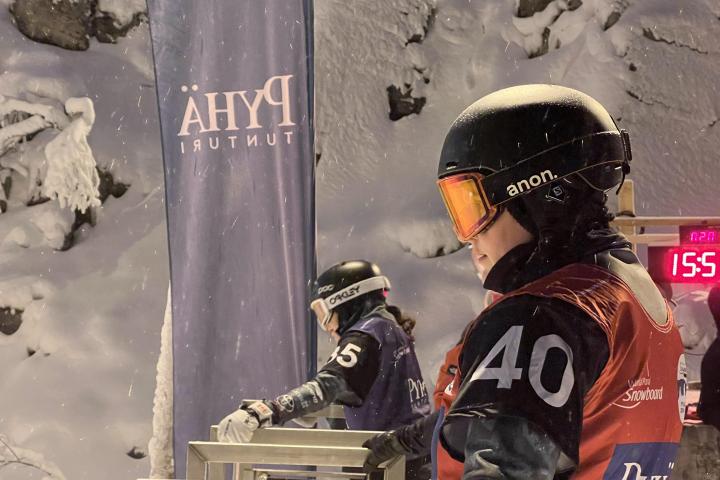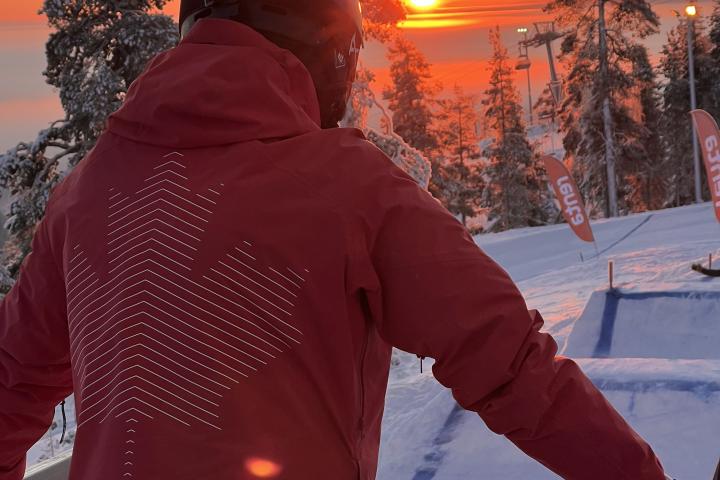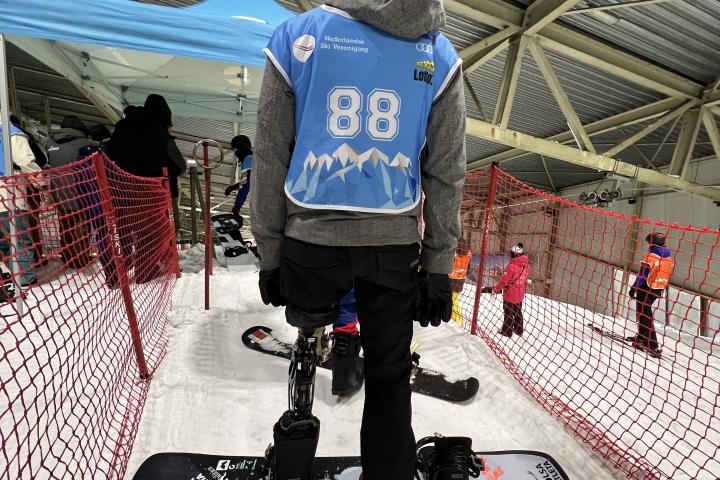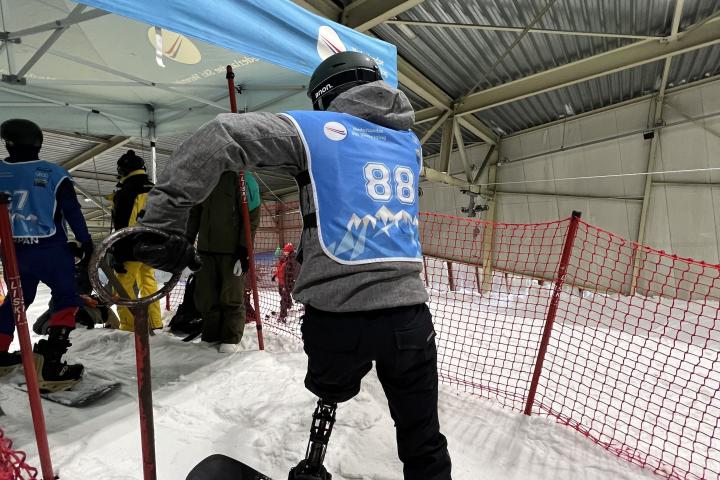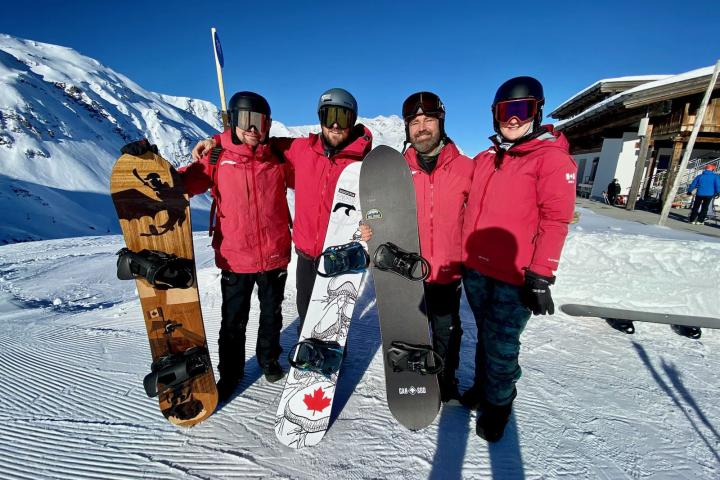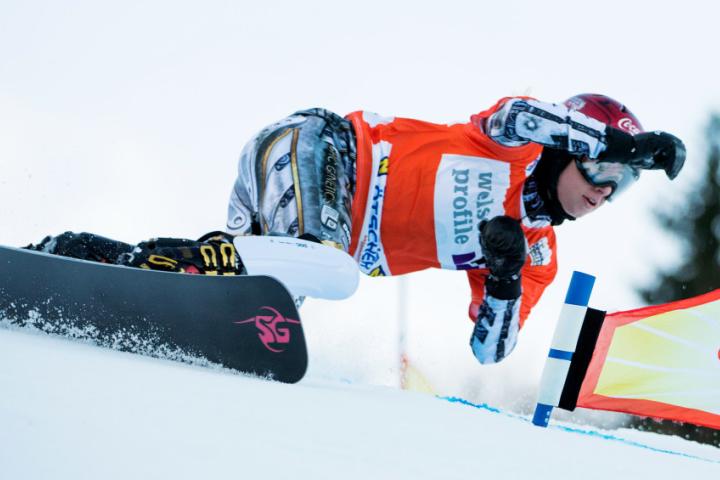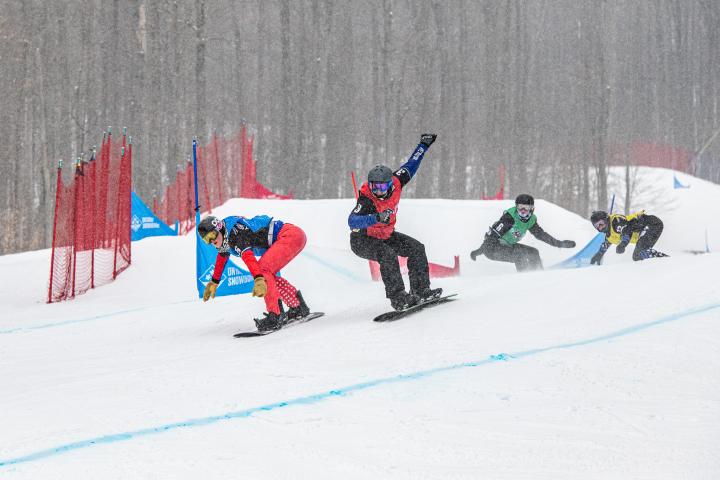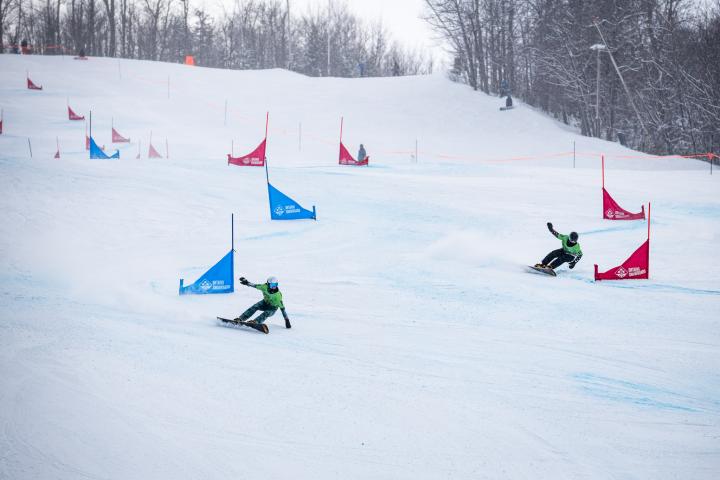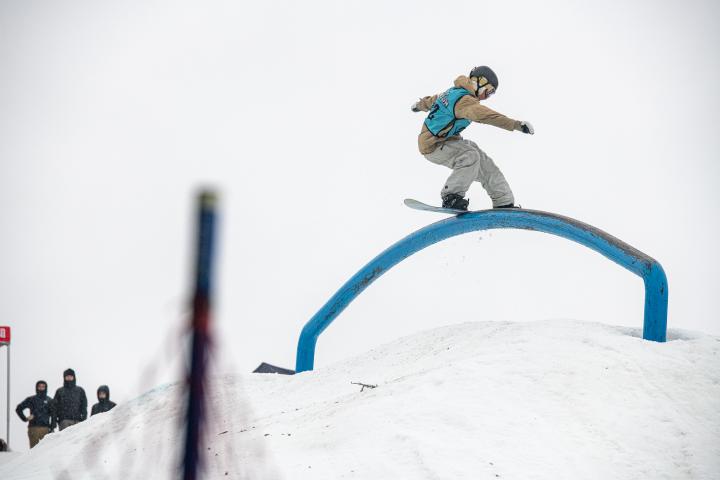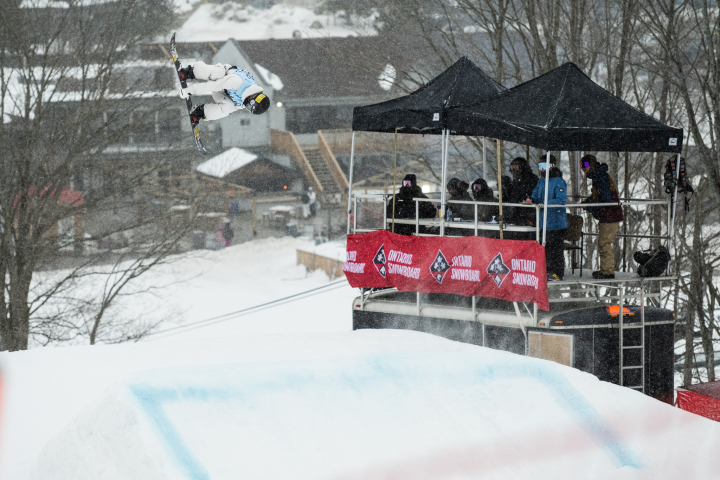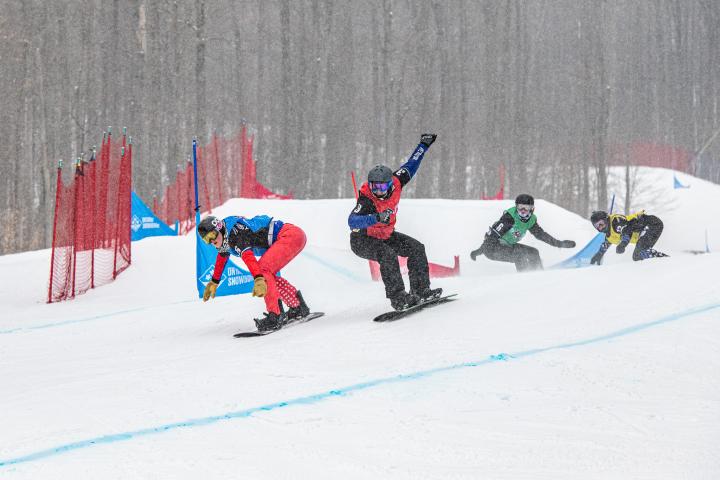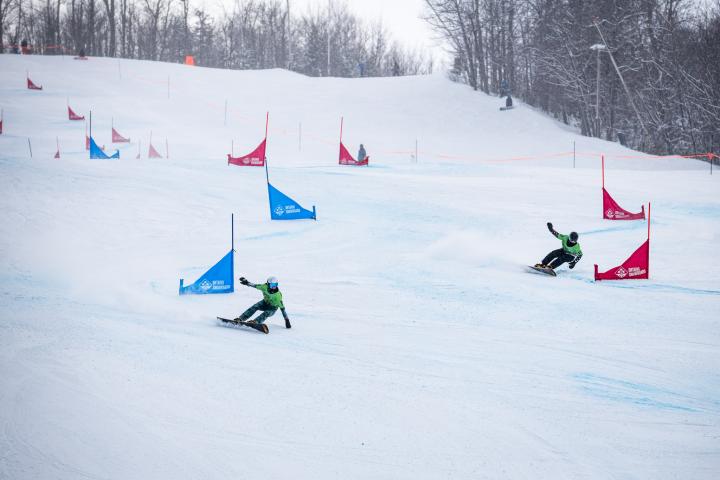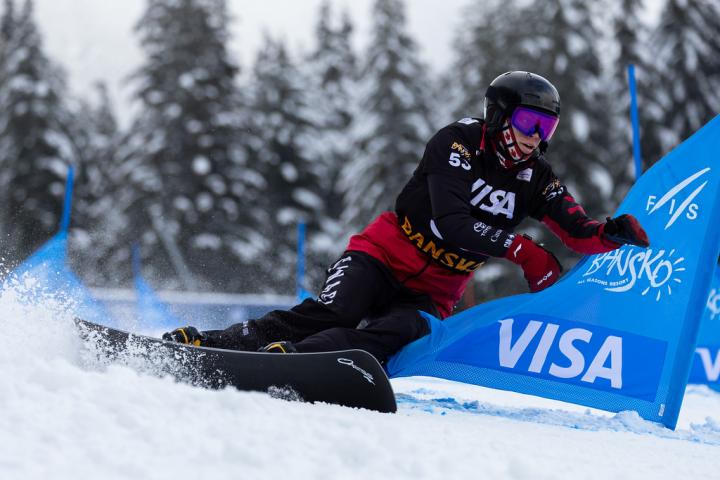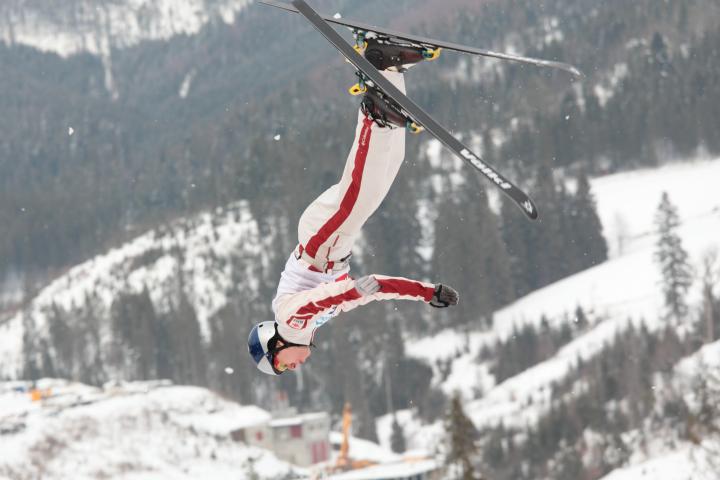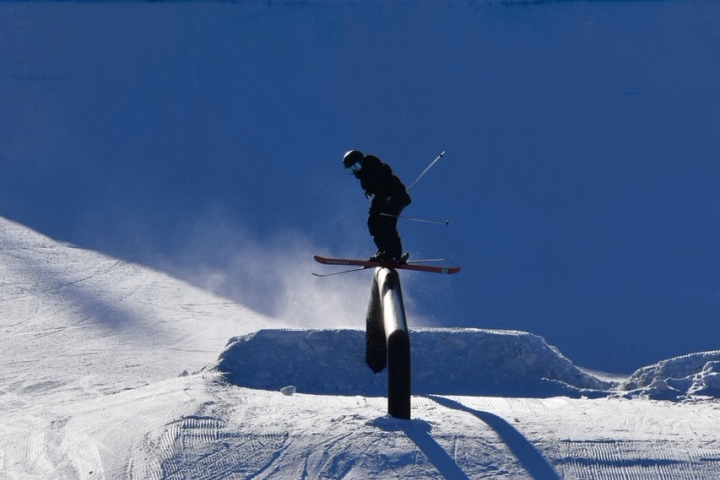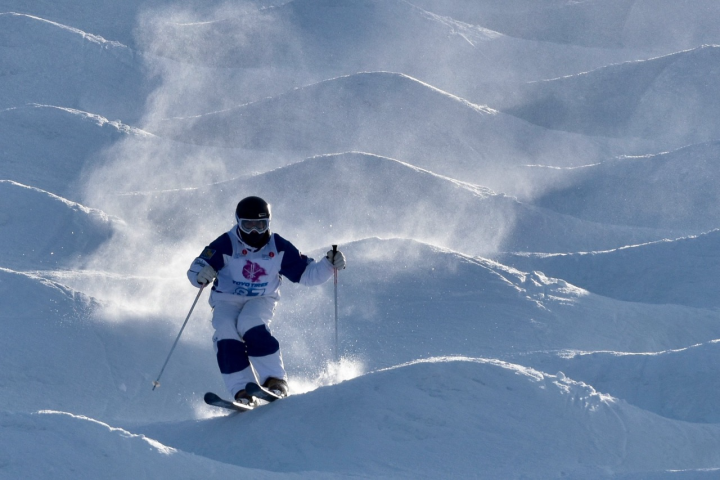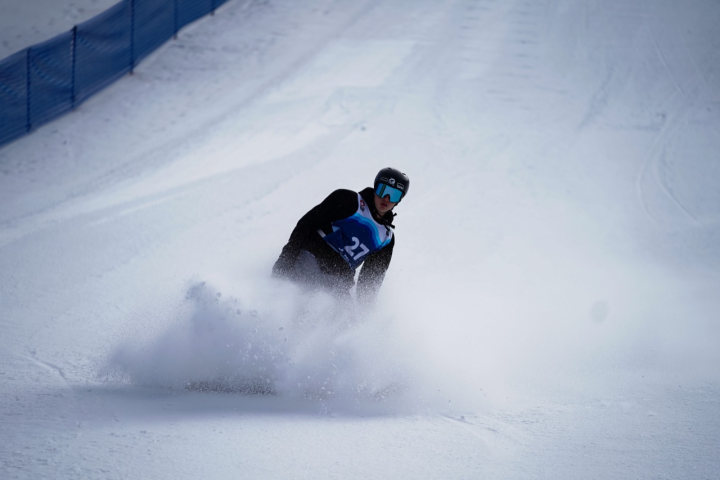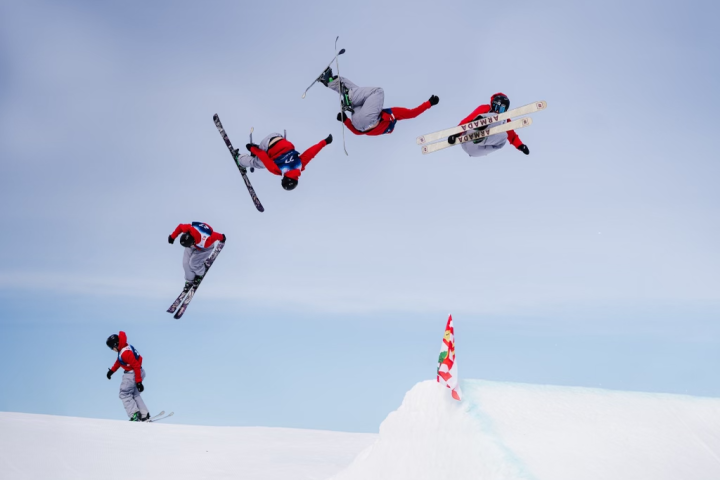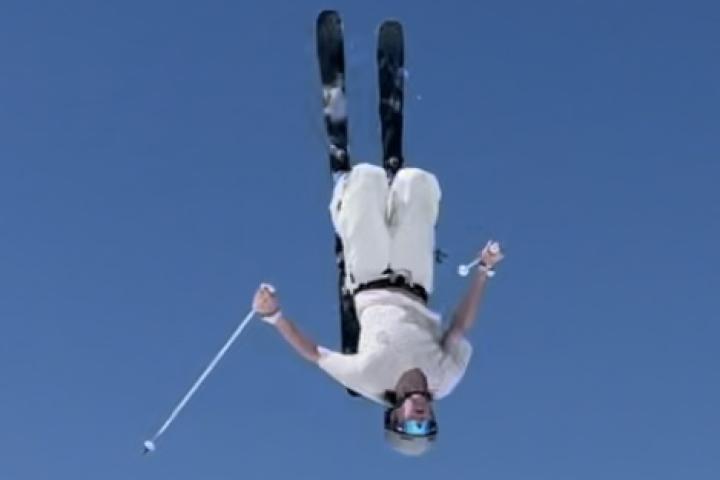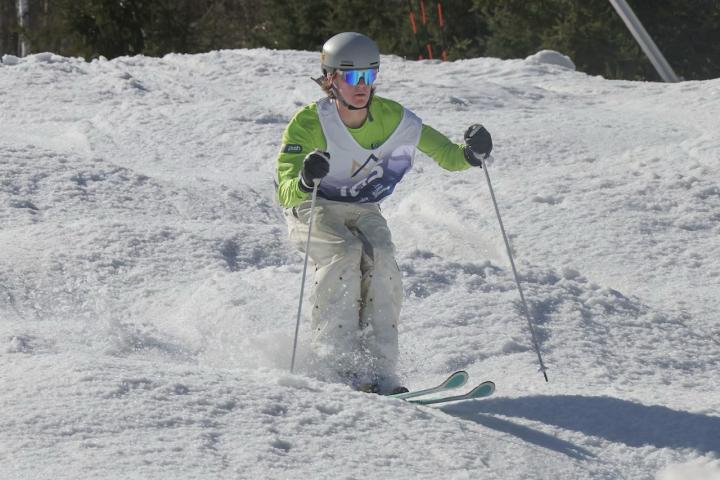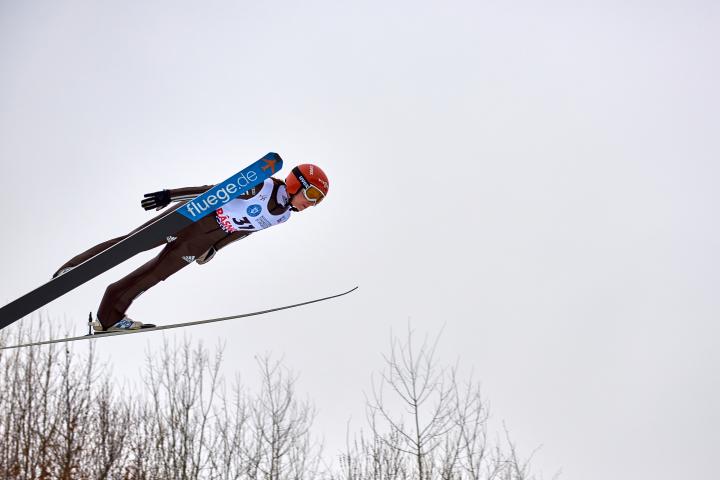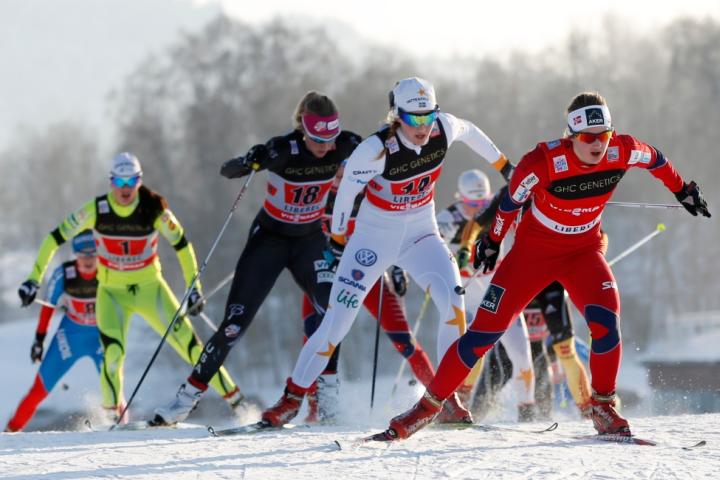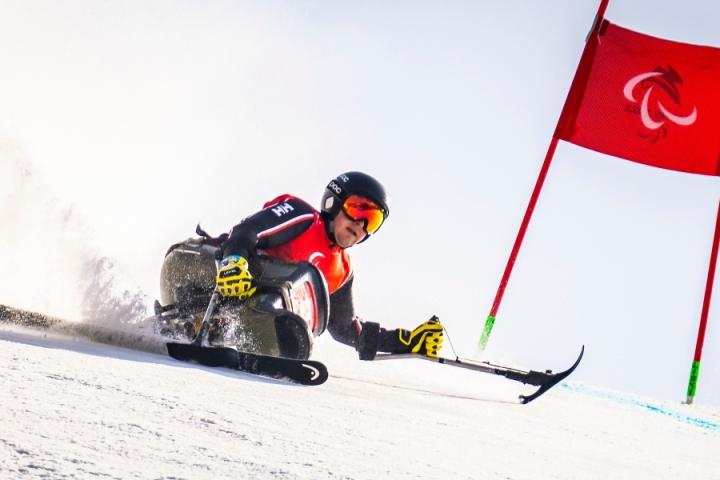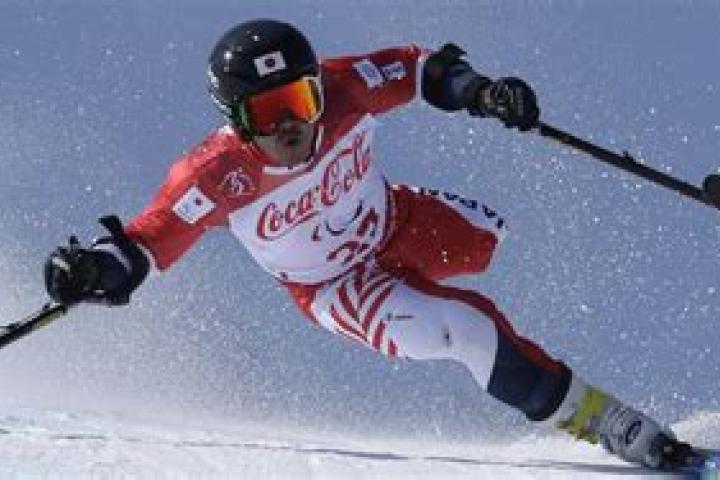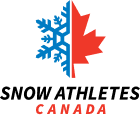
Explore Snow Athletes Canada Sports
Snow Athletes Canada supports the six sports goverened by the International Ski and Snowboarding Federation (FIS). https://www.fis-ski.com/en/inside-fis/about-fis/general/facts-figures
Below you will find Canadian Athletes featured on Snow Athletes Canada preparing and training for National and International Competitions. There are athletes who are on National and Next Gen Teams, Olympic Teams competing on the World Cup and at World Championships.
There are also athletes on Provincial Teams competing at National Championships, World Junior Championships, Youth Olympic Games, North American Cups & Europa Cups
Alpine
Men’s and women’s alpine skiing both debuted on the Olympic Games programme in 1936 at Garmisch-Partenkirchen. The only event that year was a combined competition of both downhill and slalom. In 1948, this was held along with separate downhill and slalom races. Four years later, the giant slalom was added, and in 1988, the super giant slalom became a fourth separate event.
Downhill is characterized by the longest course and the highest speeds in alpine skiing.
The Super-G, or super giant slalom, is a competition that combines the speed of the downhill with the more precise and technical turns of the giant slalom. In these competitions, each skier competes on a single course and the fastest time determines the winner.
Slalom is an alpine ski race with the shortest course and the most turns. Giant slalom has fewer turns and wider, smoother turns. In both races, each skier makes two runs down two different tracks drawn on the same slope. The times are combined, and the lowest total time determines the winner. In the alpine combined, a shortened downhill is followed by a one-run slalom. The times are added up, and the lowest total time determines the winner.
Ski Cross includes a qualification phase in which the athletes have to ski down a natural slope, modified with artificial elements, such as jumps, bumps, and parabolic curves, in the shortest possible time, and an elimination phase in which four athletes compete at the same time for each heat.
The mixed team parallel slalom made its Olympic debut in 2018. The race consists of a mixed competition between men and women, each competing in pairs in a parallel giant slalom.
Para Cross-Country Skiing
The sport first appeared at theParalympic Winter Games Örnsköldsvik 1976, Sweden. Para cross-country skiing competitions (also known as Nordic skiing or cross-country skiing) are open to athletes with a physical disability in the upper and lower limbs (standing), a disability in the lower limbs or trunk (sitting) or with a visual impairment (visually impaired). In the case of a lower limb disability, a sled mounted on cross-country skis (sit-ski) is used instead of skis.
Para Snowboard
The sport made its debut at the Paralympic Winter Games Sochi 2014, Russia. Athletes compete in two different events - snowboard-cross and banked slalom - and in three categories according to their functional ability.
In the snowboard-cross event, each athlete competes individually against the clock during qualifying. The athletes with the best times compete in the knockout phase.
In banked slalom, each athlete makes three runs, and the final ranking is determined by taking into account the two best times of the three achieved.
Snowboard
Men’s and women’s snowboarding made their Olympic debuts at the Olympic Games Nagano 1998 with Giant Slalom and Halfpipe competitions. The discipline proved an instant success and returned in 2002 with Parallel Giant Slalom and Halfpipe competitions. In 2006, Snowboardcross made its debut with Snowboardcross Team added in 2022. Slopestyle was added in 2014 & Big Air in 2018.
Halfpipe - competitors perform a series of tricks as they ride down a semi-cylinder-shaped slope.
Parallel Giant Slalom - two snowboarders ride side by side down two parallel tracks. During the qualification, each competitor descends the two tracks (blue and red) once. The two timings are added together, and the 16 best cumulative timings advance to the knockout round and the final.
Snowboard Cross - after timed qualification, four athletes per set descend simultaneously on a course full of jumps, bumps, and wide turns.
Big Air - competitors use an inclined platform to perform long jumps and a series of aerial stunts.
Slopestyle - athletes ride down a course that includes various obstructions while being judged on their stunts' breadth, originality, and quality.
Freestyle Skiing
Freestyle entered the Olympic programme, as a demonstration sport, in Calgary, in 1988. Today, six disciplines are part of it.
Moguls - athletes ski down a steep course full of bumps, combining very technical turns, aerial maneuvers, and speed.
Aerials - skiers make jumps several metres long, during which they perform aerial acrobatics before landing on a section of the slope inclined at 34 to 39 degrees, about 30 metres long.
Slopestyle - athletes descend a course that includes various obstacles while being judged on their range, originality, and the quality of their stunts.
Half-Pipe - competitors perform a series of evolutions as they descend a slope in the shape of a semi-cylinder.
Big Air - athletes descend a slope with a ramp, which is used to make a single jump of several meters during which they perform several aerial evolutions.
Nordic Combined
Nordic combined is a winter sport in which athletes compete in cross-country skiing and ski jumping. It has been part of the Winter Olympics since 1924 and the FIS Nordic Combined World Cup since 1983. Canada started competing in 1928.
Cross-Country
The men’s event debuted at the first Winter Olympic Games in Chamonix in 1924. The women’s event debuted at the 1952 Oslo Games. There are 12 different cross-country races: Women compete in a sprint, team sprint, 10 km individual start, 15 km pursuit, 30 km mass start, and a 4 x 5 km relay. Men compete in a sprint, team sprint, 15 km individual start, 30 km pursuit, 50 km mass start, and a 4 x 10 km relay.
Ski Jumping
Ski jumping has been part of the Olympic programme since the first Winter Olympic Games in Chamonix in 1924. Ski jumping is comprised of five types of competition. The two men's and women's events from the normal trampoline, the two men's individual and team events from the long springboard, and the mixed team event. In the individual event, each athlete makes two jumps. Each nation fields four athletes in the team event, with the range of participants reduced to the eight best teams after the first jump. The quality of the athletes' performance is determined by the length of the jump and the execution style, which is assessed by the judges using a scoring system ranging from 1 to 20.
Para Alpine Skiing
A Paralympic winter sport since the Winter Olympic Games Örnsköldsvik 1976, Sweden, Para Alpine Skiing includes five specialities: Special Slalom, Giant Slalom, Super G, Downhill and Super Combined. Athletes compete in 5 specialities and in 3 categories according to type of disability: Standing; Sitting, inside the shell or monoski; Visually impaired (visually impaired and blind, who compete by following an athlete connected by radio).
The main equipment used includes balance skis, sit-skis and monoskis. The monoski - a shell fixed with a shock absorber to one or two skis and used in combination with two equipped with mini-skis to enable the athlete to balance - was a revolutionary innovation. A time correction system allows athletes with different disabilities to compete against each other.
